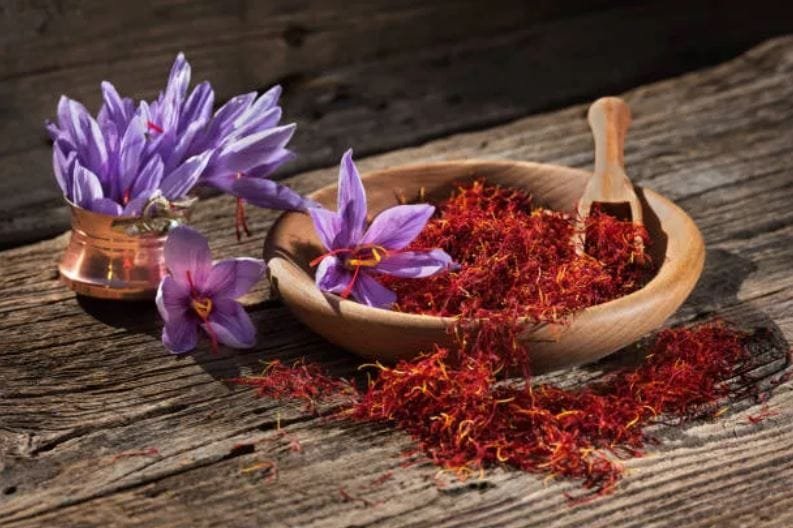 Saffron Export Challenges
Saffron Export Challenges
Saffron Export Challenges : Saffron is one of Iran’s most important and globally recognized products. Despite the calls from leaders and officials to curb raw export, it continues to face challenges. Even though Iran is the world’s primary saffron producer, raw bulk export and packaging remain widespread.
This year, during a meeting with government officials, Iran’s Supreme Leader emphasized the need to tackle “raw export and bulk trade of raw materials,” including saffron. He pointed out the negative effects of exporting unprocessed saffron and re-importing it at much higher prices. Saffron, a vital non-oil export, has the potential to strengthen Iran’s economic independence. However, the country has yet to fully benefit from its global market share.
The Value of Saffron Beyond Its Spice
Saffron Export Challenges : Although Iran is a leader in saffron cultivation, the country has not seen a proportional increase in export value. Iran’s failure to properly sort, market, and process saffron limits the economic benefits. Despite producing nearly 95% of the world’s saffron, Iran gains only a small share of the multi-billion-dollar global saffron trade.
The Medicinal Benefits of Saffron Export Challenges
Saffron Export Challenges : Saffron is more than just a spice. It is known for its medicinal, therapeutic, and nutritional properties. Universities in Iran, such as Mashhad University of Medical Sciences, are conducting extensive research to highlight saffron’s potential in treating various health conditions.
Saffron Export Challenges: A Missed Opportunity
The lack of saffron processing is a major issue. While many saffron processing units exist in Iran, the industry still doesn’t fully tap into saffron’s diverse applications, such as in medicine, health, and food. This underutilizes saffron’s potential, and as a result, the export market remains limited.
The Importance of Saffron Processing and Export Improvement
Saffron Export Challenges : Iran must prioritize the development of saffron processing industries to boost its global market share. Improving product quality, enhancing packaging, and expanding saffron’s use in medical, food, and cosmetic industries can significantly raise the value of saffron exports. These industries could also provide new income streams and create employment in local communities.
Additionally, educating farmers on proper saffron cultivation practices is crucial. By improving saffron quality, Iran can protect its position as the world’s top saffron producer and stop the harmful practice of exporting raw saffron.
Iran’s Raw Export Crisis
Currently, over 65% of saffron from Khorasan is exported in raw or poorly processed forms. This situation needs urgent attention to maximize saffron’s value. Viewing saffron as just a spice ignores its vast potential. Saffron should be recognized as a medicinal plant with unparalleled benefits.
Addressing the Saffron Crisis
Saffron Export Challenges : Iran’s failure to process and optimize saffron exports reduces the financial benefits of this valuable product. Rather than focusing solely on exporting raw saffron, Iran needs to preserve its medicinal properties and meet global demand through refined marketing and packaging strategies.
To elevate saffron’s value, Iran must reduce raw export volume, improve processing technology, and embrace new markets in the medical and wellness industries. By doing so, saffron will fully fulfill its potential as “the gold of the Iranian economy.”
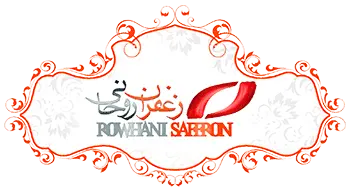

![Exporting Saffron to Turkey + Price Guide [Complete 0 to 100]](https://www.rowhanisaffron.com/wp-content/uploads/f1-372-500x383.jpg)
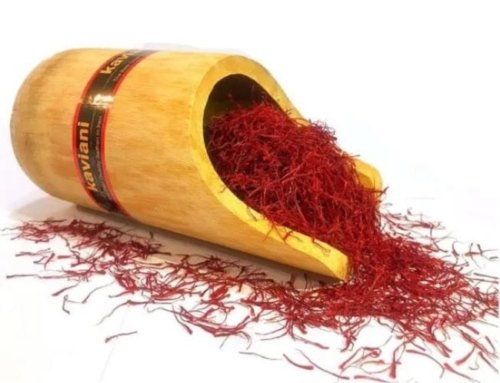

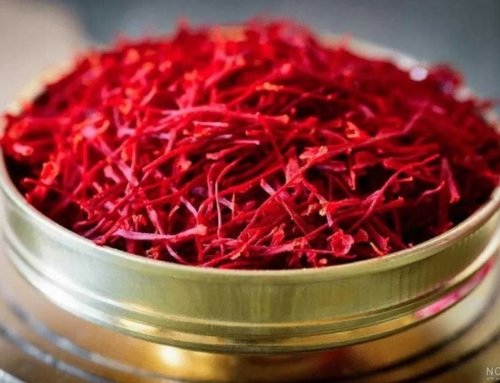
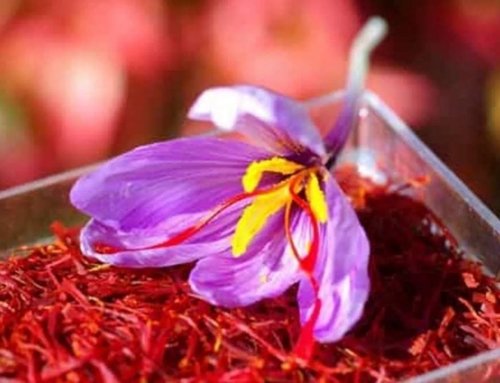
Get Social